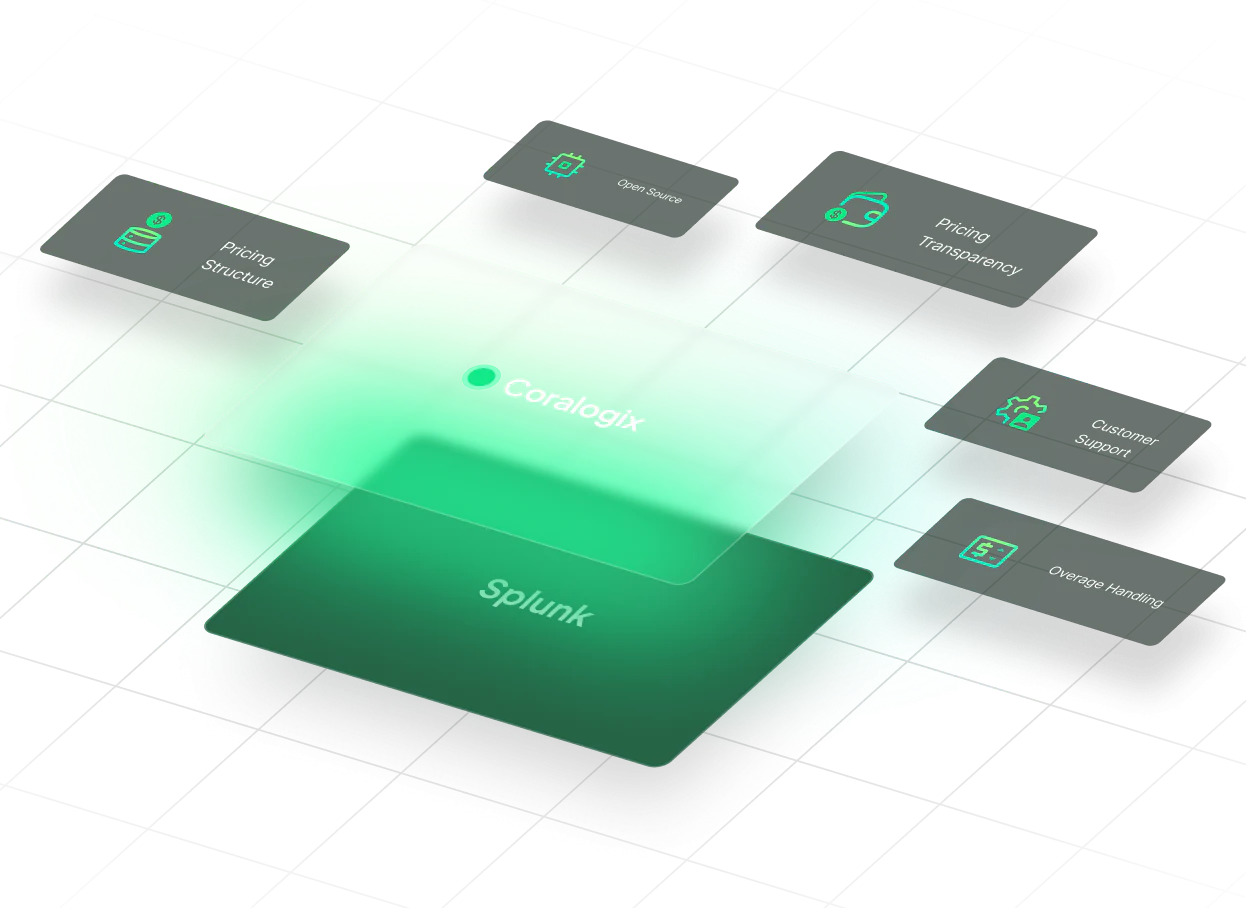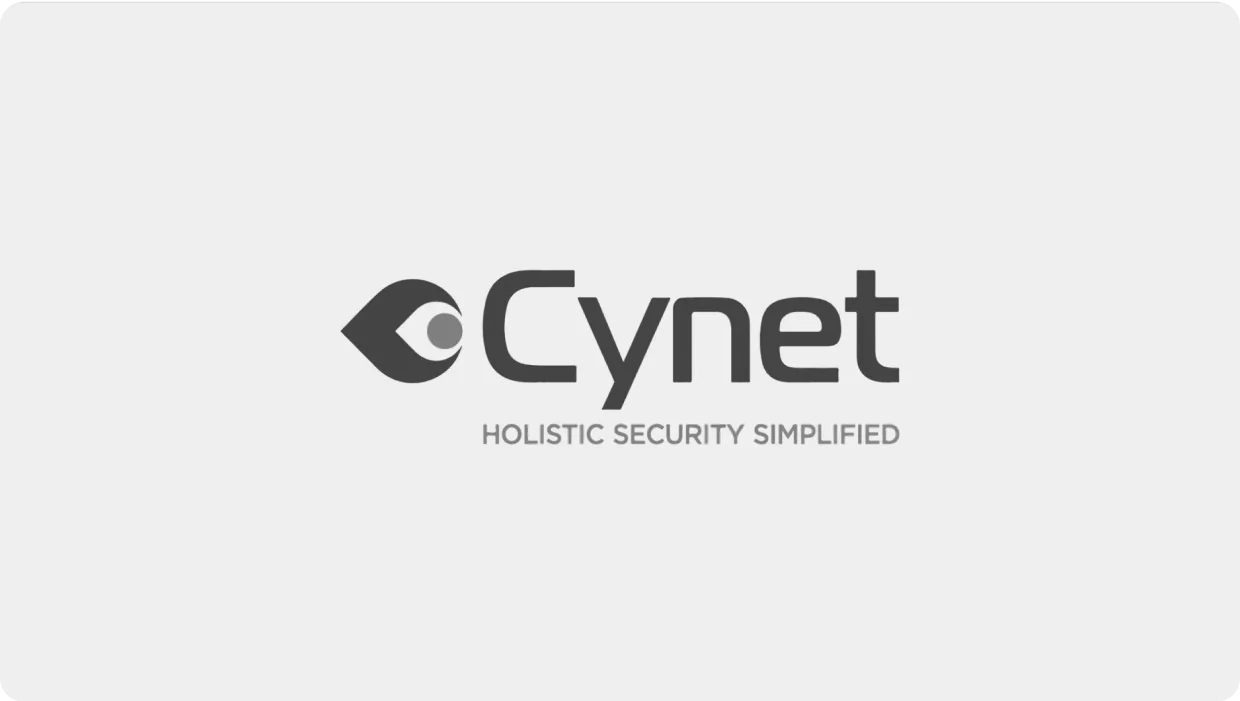Coralogix vs. Splunk
Tired of having to choose which data you can afford to ingest and analyze? Check out Coralogix’s full-stack observability platform with built-in cost optimization, 24/7 support for all customers across incident types, and a higher recommendation rating than Splunk.

Trusted by thousands of engineers worldwide
“Coralogix checked all the boxes for a unified platform with high performance and very good product support”
How is Coralogix different?
Only pay for the data you ingest and process with our full-stack observability
Query logs, traces, metrics & security events in-stream, no expensive indexing or surprise fees
Usage-based pricing
You only pay for the data you ingest and process—zero wasted spend
Unified querying
Instantly query logs, traces, metrics and security events—no indexing fees.
In-stream analysis
In-stream analysis gives you real-time alerts and insights without extra steps
Transparent costs
Simple pricing means transparent, predictable costs and no surprise overages
How Cynet scaled security operations with Coralogix and achieved outstanding ROI


Millions of protected endpoints

100+ R&D and DevOps users daily

Fair, fixed pricing for all
Pay for your data and nothing more. All features & support included.
Log everything. Access anytime.
-
Infinite retention
-
Stored in your bucket
Full trace visibility, 0 trade-offs.
-
Infinite retention
-
Stored in your bucket
Every metric, instantly queryable.
-
Infinite retention
-
Stored in your bucket
Log everything. Access anytime.
-
Infinite retention
-
Evaluate AI in real-time
- Every account includes:
- 24/7 real human support
- Unlimited sources
- Unlimited users and hosts
- Daily quota renewal
- Enterprise features
Book your 30 min demo
Personalized, no commitment demo with a sales rep.
